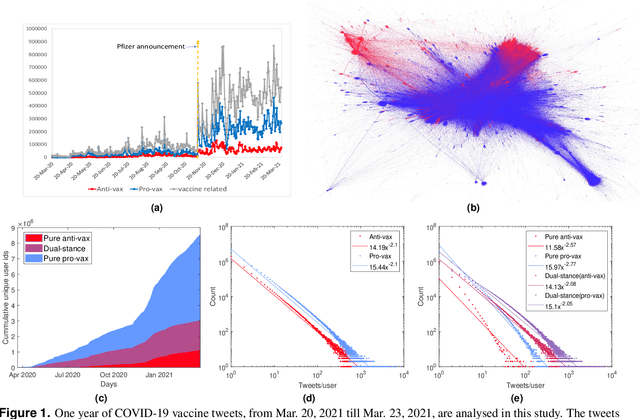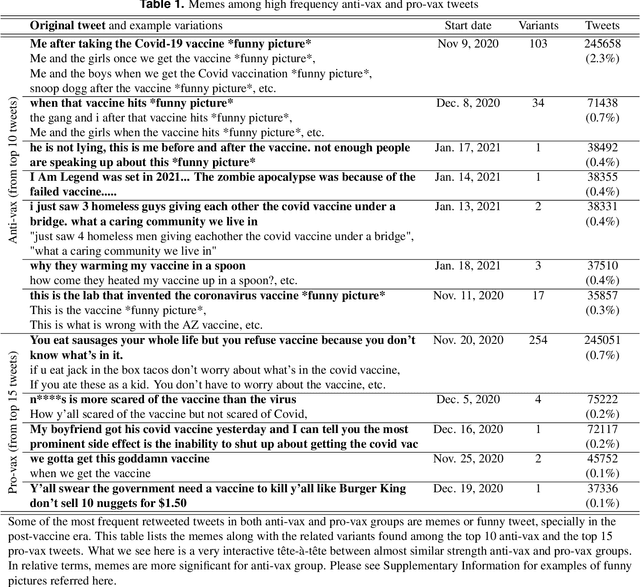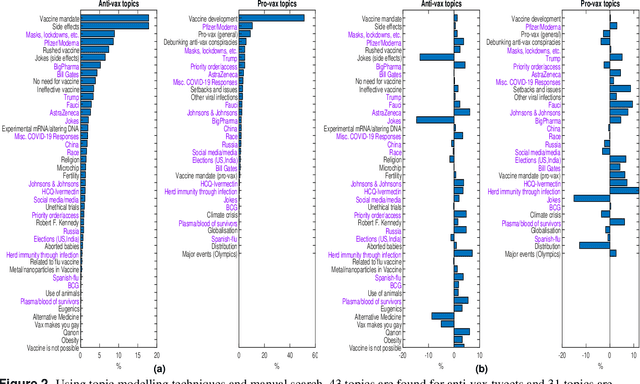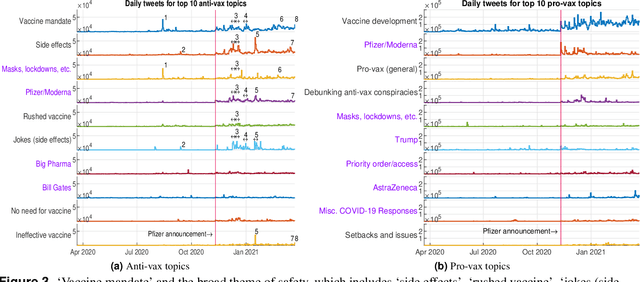Chenhao Gu
Large Language Model Driven Agents for Simulating Echo Chamber Formation
Feb 25, 2025Abstract:The rise of echo chambers on social media platforms has heightened concerns about polarization and the reinforcement of existing beliefs. Traditional approaches for simulating echo chamber formation have often relied on predefined rules and numerical simulations, which, while insightful, may lack the nuance needed to capture complex, real-world interactions. In this paper, we present a novel framework that leverages large language models (LLMs) as generative agents to simulate echo chamber dynamics within social networks. The novelty of our approach is that it incorporates both opinion updates and network rewiring behaviors driven by LLMs, allowing for a context-aware and semantically rich simulation of social interactions. Additionally, we utilize real-world Twitter (now X) data to benchmark the LLM-based simulation against actual social media behaviors, providing insights into the accuracy and realism of the generated opinion trends. Our results demonstrate the efficacy of LLMs in modeling echo chamber formation, capturing both structural and semantic dimensions of opinion clustering. %This work contributes to a deeper understanding of social influence dynamics and offers a new tool for studying polarization in online communities.
Demystifying the COVID-19 vaccine discourse on Twitter
Aug 29, 2022



Abstract:Developing an understanding of the public discourse on COVID-19 vaccination on social media is important not only for addressing the current COVID-19 pandemic, but also for future pathogen outbreaks. We examine a Twitter dataset containing 75 million English tweets discussing COVID-19 vaccination from March 2020 to March 2021. We train a stance detection algorithm using natural language processing (NLP) techniques to classify tweets as `anti-vax' or `pro-vax', and examine the main topics of discourse using topic modelling techniques. While pro-vax tweets (37 million) far outnumbered anti-vax tweets (10 million), a majority of tweets from both stances (63% anti-vax and 53% pro-vax tweets) came from dual-stance users who posted both pro- and anti-vax tweets during the observation period. Pro-vax tweets focused mostly on vaccine development, while anti-vax tweets covered a wide range of topics, some of which included genuine concerns, though there was a large dose of falsehoods. A number of topics were common to both stances, though pro- and anti-vax tweets discussed them from opposite viewpoints. Memes and jokes were amongst the most retweeted messages. Whereas concerns about polarisation and online prevalence of anti-vax discourse are unfounded, targeted countering of falsehoods is important.
 Add to Chrome
Add to Chrome Add to Firefox
Add to Firefox Add to Edge
Add to Edge